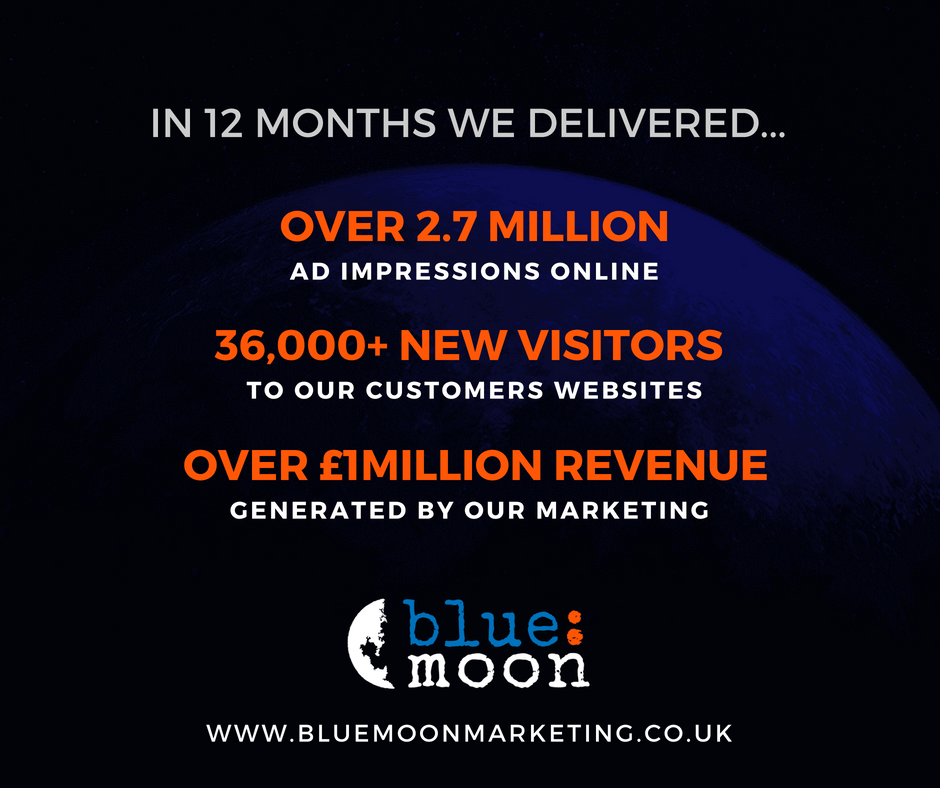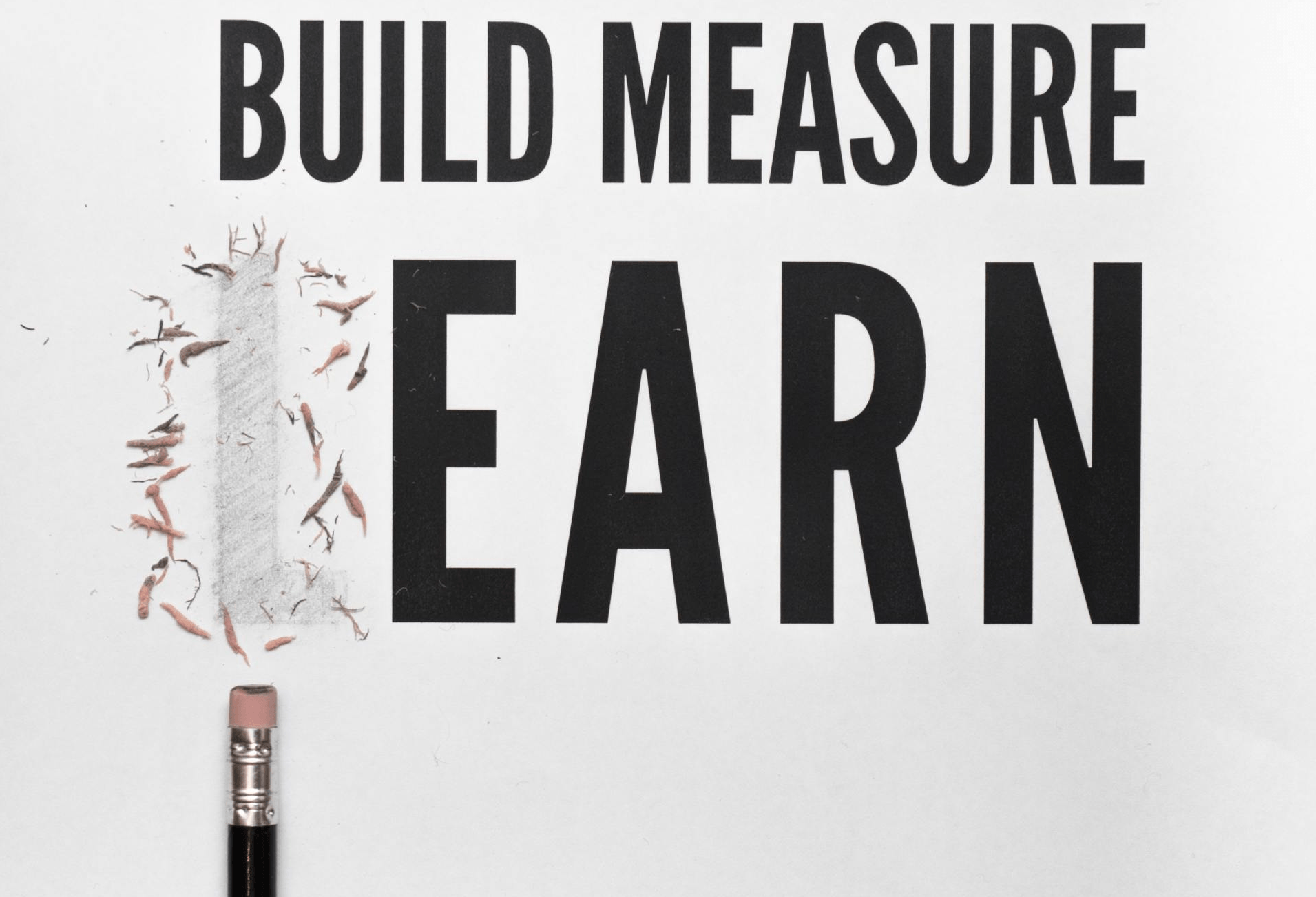Setting Successful Website Goals & Objectives
Setting Successful Website Goals & Objectives
It’s that time of the year, when we hear things like “new year new me” or “this year I am going to…” so it comes as no surprise that for many, it’s a good time to set yourself some goals for your business. The one thing that many small business owners often overlook however is their website, and yet done properly your website should be one of your biggest sales assets for your business.
The vast majority of business owners follow the “field of dreams” philosophy when it comes to designing their websites. Sorry to say however, that famous quote “if you built it, they will come” just doesn’t ring true. It often requires a little more effort and planning. So, let’s begin by taking a look at what your goals are and how you can set yourself some objectives to measure your success… or indeed failure.
Firstly, what is your business goal? You know… the big idea. That one!
If we think of a goal as a “primary outcome” or a “destination” perhaps, then what is your desired primary outcome? Where do you want to go?
Having personally met with hundreds of business owners to discuss this very topic, the most common answer I hear when I ask is along the lines of “make more money” or “increase sales”. Now, let’s be honest, this is vague at best and in reality, is about as helpful as a chocolate fire guard. It’s just too broad!
As with goals on a football pitch, they should be specific and clearly defined in order to give you a chance of reaching them. e.g.) “I plan to increase turnover by an additional 30% this year”, it’s specific and has a clearly defined outcome.
To give yourself the best chance of success for the year ahead, here are some simple do’s and don’ts to follow when setting your goals and objectives:
DO make your goals specific to you and your situation.
DO make it realistic enough to be achievable with the resources you have available.
DON’T imitate others e.g. what your competition is doing.
DON’T lose sight of your goals or keep moving the goal posts around.
Hopefully this is starting to make some sense and the synapses are already starting to light up. So, let’s delve a little deeper now and look at how we can interpret these specifically into website goals.
You may be looking to increase sales this year, so your website specific goal could be to increase the number of contact form submissions. After all, more leads = more sales (Well, in reality there may be a little more to it than this, but we’ll cover that in another topic in the coming weeks. For now, let’s stick to rule of thumb above).
Perhaps you wish to establish yourself as an authority in your field? In this case a website goal would be to increase your subscriber list.
Selling products? More online store purchases.
Indeed, if you’ve ever run an AdWords or Facebook marketing campaign, often the very first thing you do is set out your goals. Generate awareness, more leads, more purchases, more traffic, you get the gist.
It’s worth noting that to give yourself the best chance of success you will need to think about your customers’ needs. See depending on the nature of your business, it will likely determine what type of goal you can apply to your website, e.g.) if you are an emergency locksmith or plumber, it’s likely that your customers will want to call you there and then rather than filling in a lengthy online form describing the problem and waiting 24 hours for an email to come back. Try and get into your customers’ minds.
If you offer services that require an initial consultation or appointment to be made, then offering your customers the ability to book a time slot online that suits them may be a better method than simply displaying an email address.
Okay by now you’ve got the picture. You’ve set out your goals for the coming year. Now we need to set some measurable objectives against them, that enable us to monitor and track progress.
Again, specific and measurable is they key here and quite often adding a time element will also prove beneficial, e.g.) In order to reach my sales goals, I need to generate 50% more inbound enquiries by July.
A great way of figuring out your objectives is to work everything backwards. Think about what is required in order for you to get to that end destination e.g.) “in order to make another £30k, based upon my average order value of £2k, I would require an additional 15 customers over the next 12 months. I know for every 3 prospects I convert a sale therefore I need to generate another 45 leads to achieve this goal.
Now we have a number of very clear objectives we can break down into easily achievable actions that are measurable and specific.
15 additional sales in 12 months.
Requires 45 additional leads = 4 new enquiries per month, or one a week.
By now you should be forming a clear picture of the process, so here’s what I’d like you to do. Spend a few minutes working out what your goals are for your website. Once you have this, work backwards through the steps required in order for you to make this goal a reality. Don’t worry about how you’re going to generate the additional traffic required in order to accomplish this, we’re going to visit this topic over the coming weeks. For now, just set your sights and figure out what it’s going to require in order to make this achievable.
Next week we’ll be looking at the customer journey in more detail and what steps the customer will need to take in order to smash those objectives you’ve set yourself.










